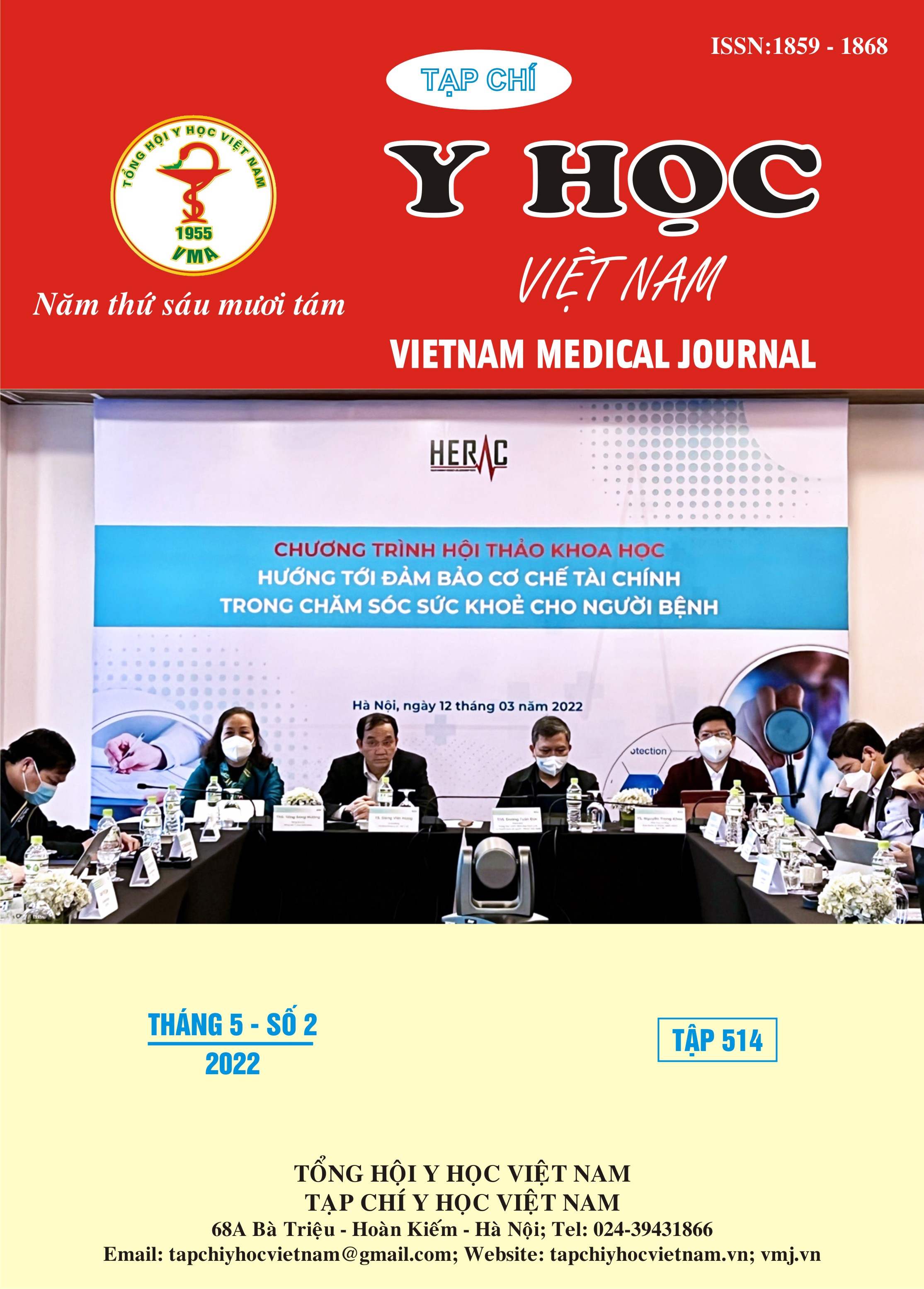RELATIONSHIP BETWEEN MANDIBULAR CANAL AND THE MANDUBULAR THIRD MOLAR ON CBCT IMAGES
Main Article Content
Abstract
Purpose: To evaluate the relationship between the mandibular third molar and the inferior alveolar nerve bundle by cone beam computed tomography. Subjects and method:: The study was conducted on108 mandibular third molar of 59 patients (25 men, 34 women) in Thai Nguyen province. Result: The inferior alveolar nerve bundle contact the mandibular third molar accounted for the rate of 38,9%. The inferior alveolar nerve bundle is at the lower position relative to the root of the mandibular third molar (contact and non-contact) accounting for the highest rate of 63%, the angle between the inferior alveolar nerve bundle and the root of the third molar is from 0 to 30 degrees, accounting for the highest rate of 33,3% and the shortest distance from the neural tube to the root of the third molar > 3mm accounted for the highest rate was 48.5%. Conclusion: CTCB has efects in the evalution of relationship between mandibular third molar and the inferior alveolar nerve bundle, increaseding risk of nerve demage after surgery.
Article Details
Keywords
Mandibular third molar, Inferior alveolar nerve bundle, Cone- beam computed tomography
References
2. Wang W. Q., M. Y. Chen, H. L. Huang, et al., New quantitative classification of the anatomical relationship between impacted third molars and the inferior alveolar nerve, BMC Med Imaging (2015). 15, 59.
3. Monaco G., M. Montevecchi, G. A. Bonetti, et al., Reliability of panoramic radiography in evaluating the topographic relationship between the mandibular canal and impacted third molars, J Am Dent Assoc (2004). 135(3), 312-8.
4. Tantanapornkul W., K. Okouchi, Y. Fujiwara, et al., A comparative study of cone-beam computed tomography and conventional panoramic radiography in assessing the topographic relationship between the mandibular canal and impacted third molars, Oral Surg Oral Med Oral Pathol Oral Radiol Endod (2007). 103(2), 253-9.
5. Ghaeminia H., G. J. Meijer, A. Soehardi, et al., Position of the impacted third molar in relation to the mandibular canal. Diagnostic accuracy of cone beam computed tomography compared with panoramic radiography, Int J Oral Maxillofac Surg (2009). 38(9), 964-71.
6. Ueda M., K. Nakamori, K. Shiratori, et al., Clinical significance of computed tomographic assessment and anatomic features of the inferior alveolar canal as risk factors for injury of the inferior alveolar nerve at third molar surgery, J Oral Maxillofac Surg (2012). 70(3), 514-20.
7. Gu L., C. Zhu, K. Chen, et al., Anatomic study of the position of the mandibular canal and corresponding mandibular third molar on cone-beam computed tomography images, Surg Radiol Anat (2018). 40(6), 609-614.


